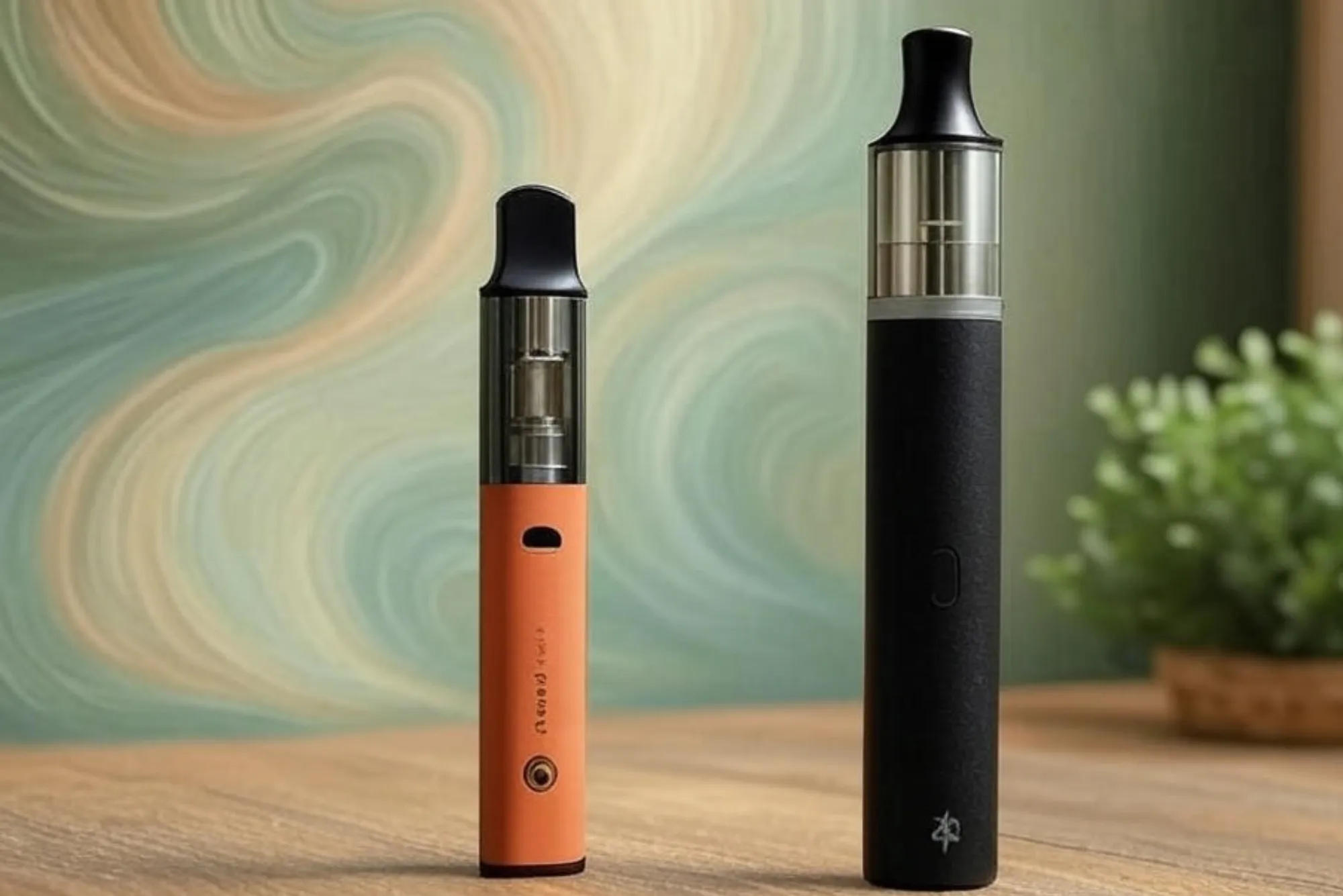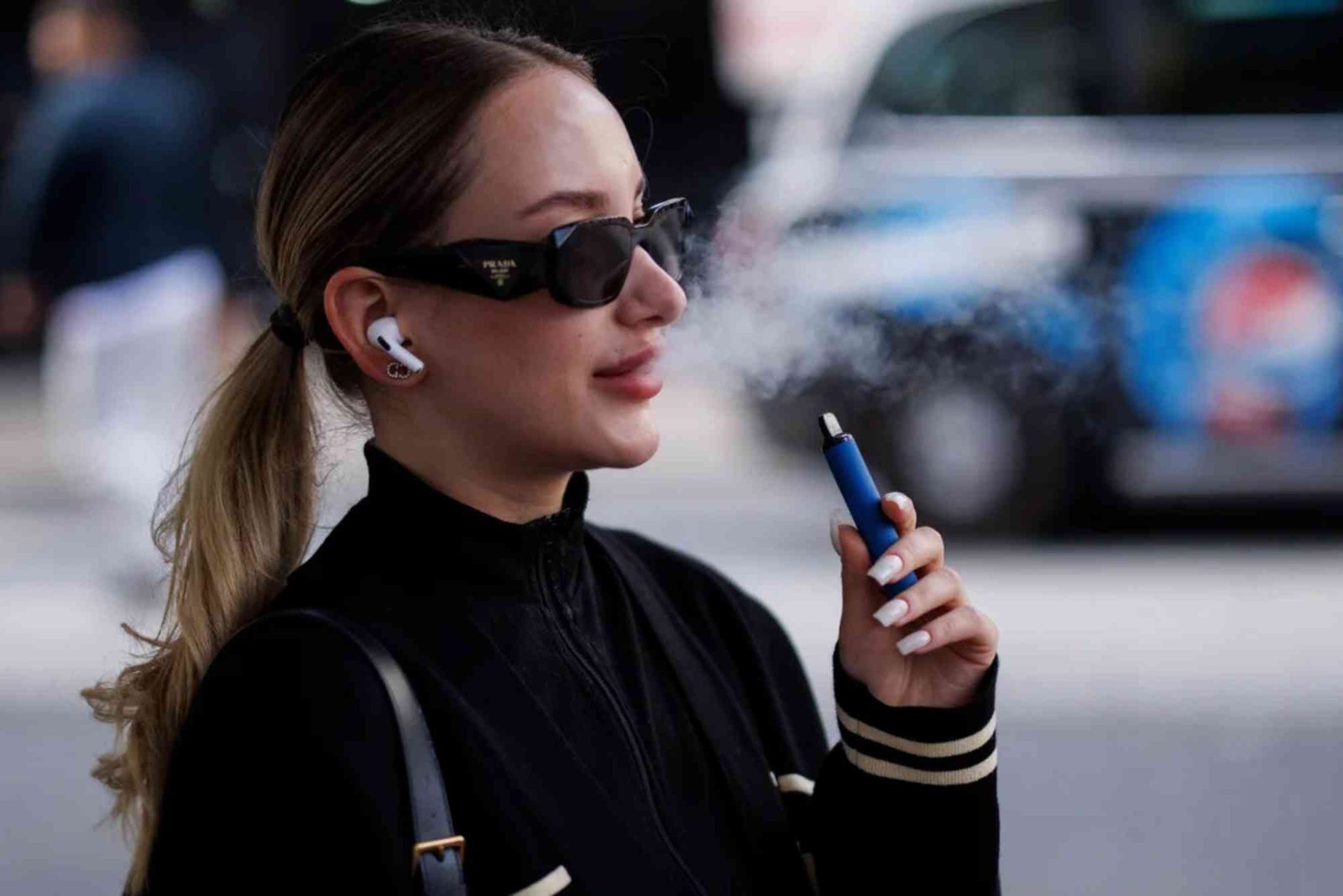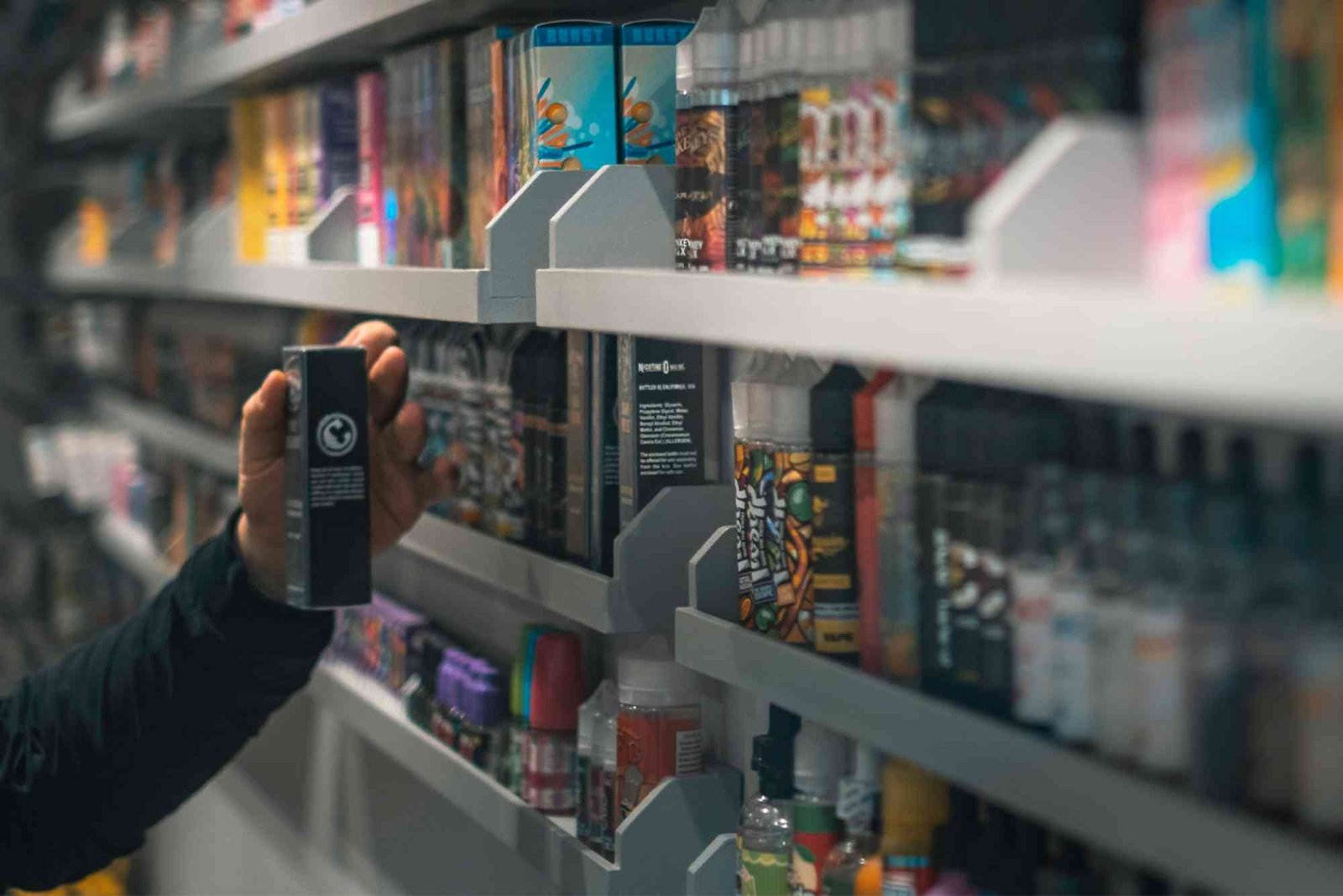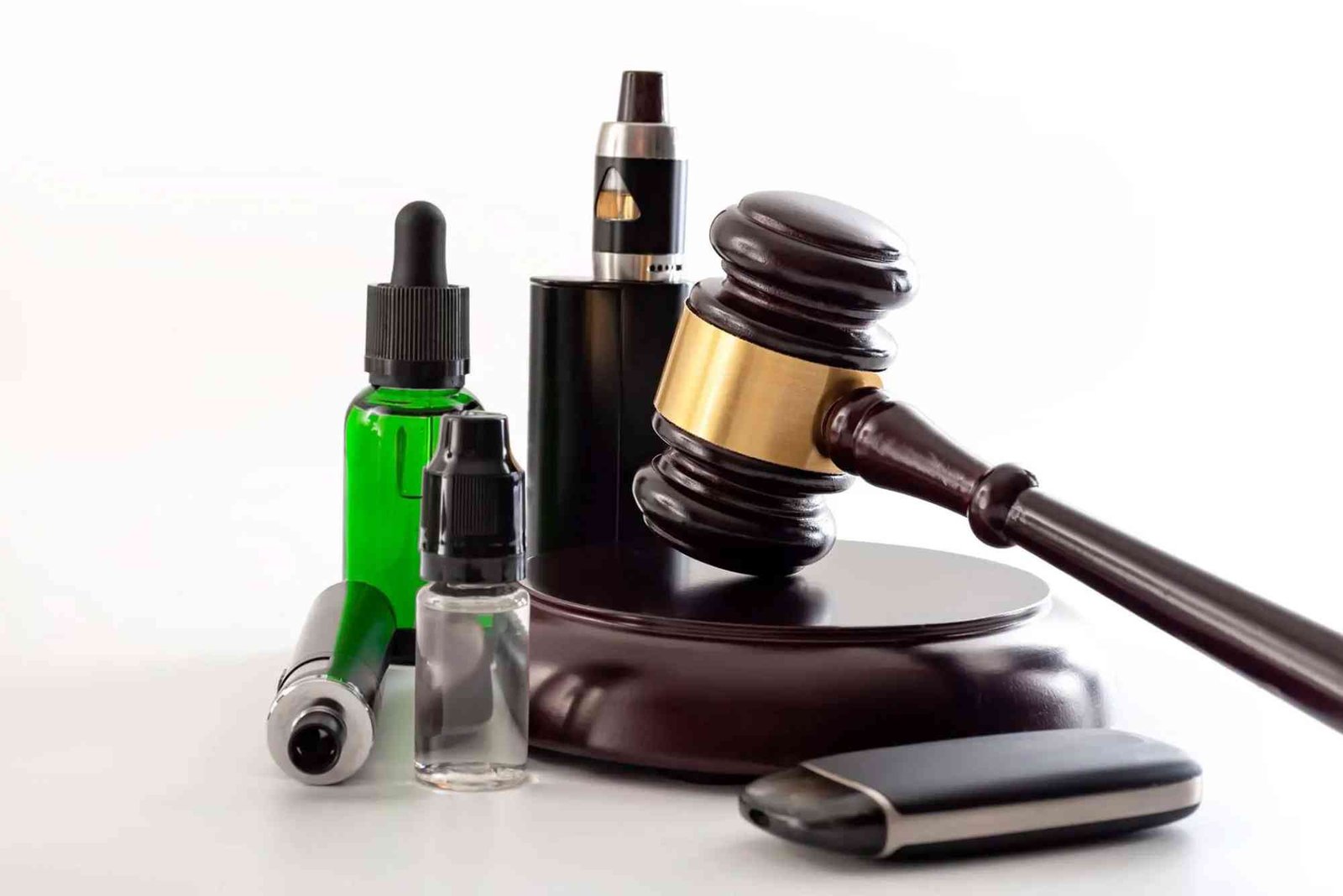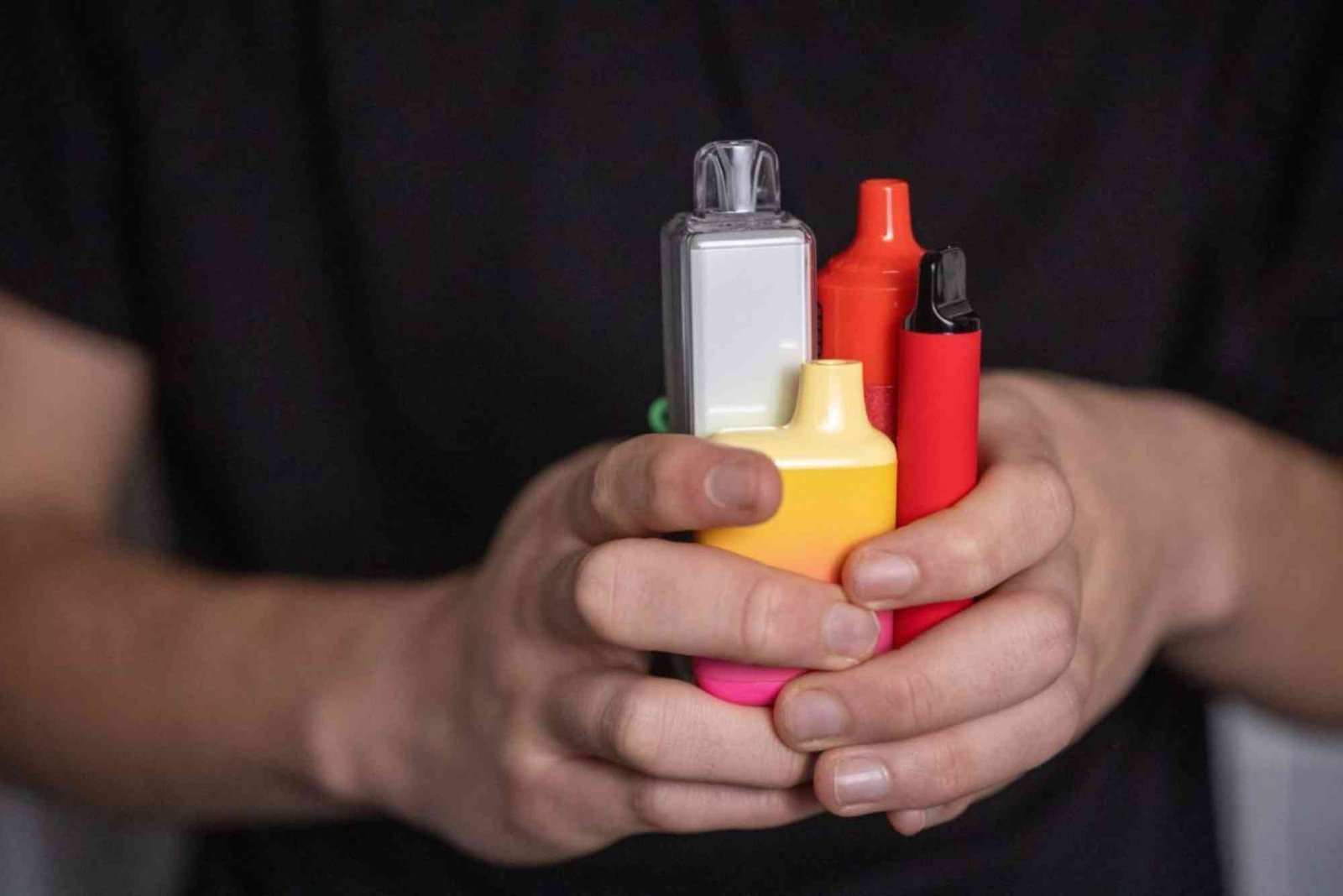Introduction
The vaping community has seen incredible growth over the past decade, with new devices, flavors, and styles arriving almost every year. Among these innovations, big vape tanks—often called sub-ohm tanks—have become a favorite for those who prefer longer vaping sessions and massive clouds of vapor. However, the question “Should vapers worry about vaping big tanks is illegal?” has become more common, especially as governments worldwide introduce new vaping regulations.
The concern arises because tank size directly affects nicotine consumption, liquid storage, and the overall vaping experience. Some countries have already placed strict limits on the size of tanks or cartridges, while others allow vapers more freedom. This uncertainty leaves many people asking whether using larger tanks could land them in trouble with the law.
Understanding the truth requires exploring how different laws are structured, why restrictions exist, and what vapers should do to stay compliant.
Why Tank Size Matters in Vaping Laws
Tank size might seem like a small technical detail, but regulators see it differently. Larger tanks can hold more e-liquid, which means longer sessions without refilling. For casual users, this is convenient. For health authorities, however, it raises concerns about higher nicotine intake and potential misuse by young people.
When policymakers set rules about tank size, they often argue it helps reduce overconsumption and keeps vaping products in line with smoking alternatives. The idea is that smaller tanks force users to refill more often, making them more aware of how much e-liquid they are consuming. While this logic might sound reasonable, for adult vapers it can feel like an unnecessary restriction that interferes with personal choice.
Current Legal Landscape
The legal status of vaping big tanks varies widely. In the European Union, for instance, the Tobacco Products Directive restricts tank capacity to 2 milliliters. This rule applies across all EU member states, meaning anyone caught selling or using larger tanks technically falls outside the law. The goal was to create uniform safety standards across Europe.
In contrast, the United States has no federal restriction on tank size. Instead, regulations focus on manufacturing standards, labeling, and age limits. Some states and local jurisdictions may interpret the rules differently, but most American vapers can legally use tanks far larger than the EU limit.
Elsewhere, laws remain a patchwork. Countries like Australia and Canada often tie tank restrictions to nicotine content rather than sheer size. This creates a confusing global picture where a device legal in one country could be prohibited in another. For international travelers who vape, this can pose real challenges.
The Root of the Confusion
So why does the question “is vaping big tanks illegal” persist? The answer lies in the way vaping laws are communicated. Regulations are often written in technical legal language, making them difficult for the average consumer to understand. News headlines also simplify or exaggerate details, leaving people with half-truths or myths.
For example, many vapers assume that because tanks above 2ml are banned in Europe, they must also be banned everywhere else. This is not the case. Similarly, some believe that owning a big tank automatically makes them subject to penalties. In reality, enforcement usually targets retailers, not individual users. While it is possible to face consequences, most governments prioritize cracking down on illegal sales rather than punishing adult consumers.
Practical Risks of Using Large Tanks
Even when it is not explicitly illegal, there are still risks associated with big vape tanks. One of the biggest is the possibility of crossing borders with restricted devices. A tank perfectly legal in one country may be confiscated at customs in another. Travelers who are unaware of these differences can find themselves surprised when their expensive gear is seized.
Another risk is related to e-liquid strength. Bigger tanks are often paired with sub-ohm coils, designed for producing dense vapor clouds. This typically requires lower nicotine strengths, but if a user fills the tank with high-nicotine liquid, they could easily consume too much in a short time. This concern, though more about safety than legality, is part of why lawmakers monitor tank size.
Finally, there is the social perception factor. Larger devices with noticeable clouds sometimes attract unwanted attention. Even in regions where vaping is legal, public spaces often impose restrictions. Carrying a large tank may make enforcement officers more likely to intervene, especially if local rules are unclear.
Should Vapers Be Concerned?
For most people, the short answer is no—at least not in places where big tanks are still allowed. However, vapers should always stay informed about their region’s laws. Ignorance is not an excuse if authorities decide to enforce restrictions.
The more important question is whether the size of your tank aligns with your needs. If you are a heavy vaper who prefers fewer refills, larger tanks provide convenience and satisfaction. But if you travel often, or live in a region with strict regulations, it may be wiser to use smaller devices to avoid complications.
Staying compliant is about balancing personal preference with awareness of the law. By keeping updated, vapers can enjoy their hobby without unnecessary stress.
How to Stay on the Safe Side
The best way to avoid trouble is to research local laws before purchasing a device. Retailers in regulated markets are usually obligated to sell products that meet legal standards. That means if you buy your device from a reputable shop in your area, it is likely already compliant.
If you plan to travel, it is smart to check the rules in your destination country. This prevents surprises at customs and ensures you can continue vaping without interruption. Many experienced vapers carry smaller, travel-friendly devices when abroad for this exact reason.
It is also helpful to follow reliable vaping news sources or community forums. Laws can change quickly, and being part of a community helps you stay ahead of updates.
Frequently Asked Questions
Is vaping big tanks illegal everywhere?
No, vaping big tanks is not illegal everywhere. Restrictions vary by country. The EU limits tanks to 2ml, while other regions allow larger sizes.
Can I get fined for using a large vape tank?
In most cases, fines target retailers selling non-compliant devices, not individual users. Still, it is best to know your local laws.
Why are vape tanks limited in size in some countries?
Lawmakers argue that limiting tank size helps control nicotine consumption and discourages excessive use, especially among youth.
What happens if I travel with a big tank?
Your device may be confiscated if it exceeds legal limits in your destination country. Always check local rules before traveling.
Are larger tanks more dangerous than smaller ones?
Not inherently. However, they can hold more e-liquid, so misuse or pairing with strong nicotine liquids can increase risks.
So, should vapers worry about vaping big tanks is illegal? The answer depends largely on where you live or plan to travel. In many regions, using big tanks remains perfectly legal, though Europe enforces strict capacity limits. The confusion arises from differing global laws and unclear communication from authorities.


